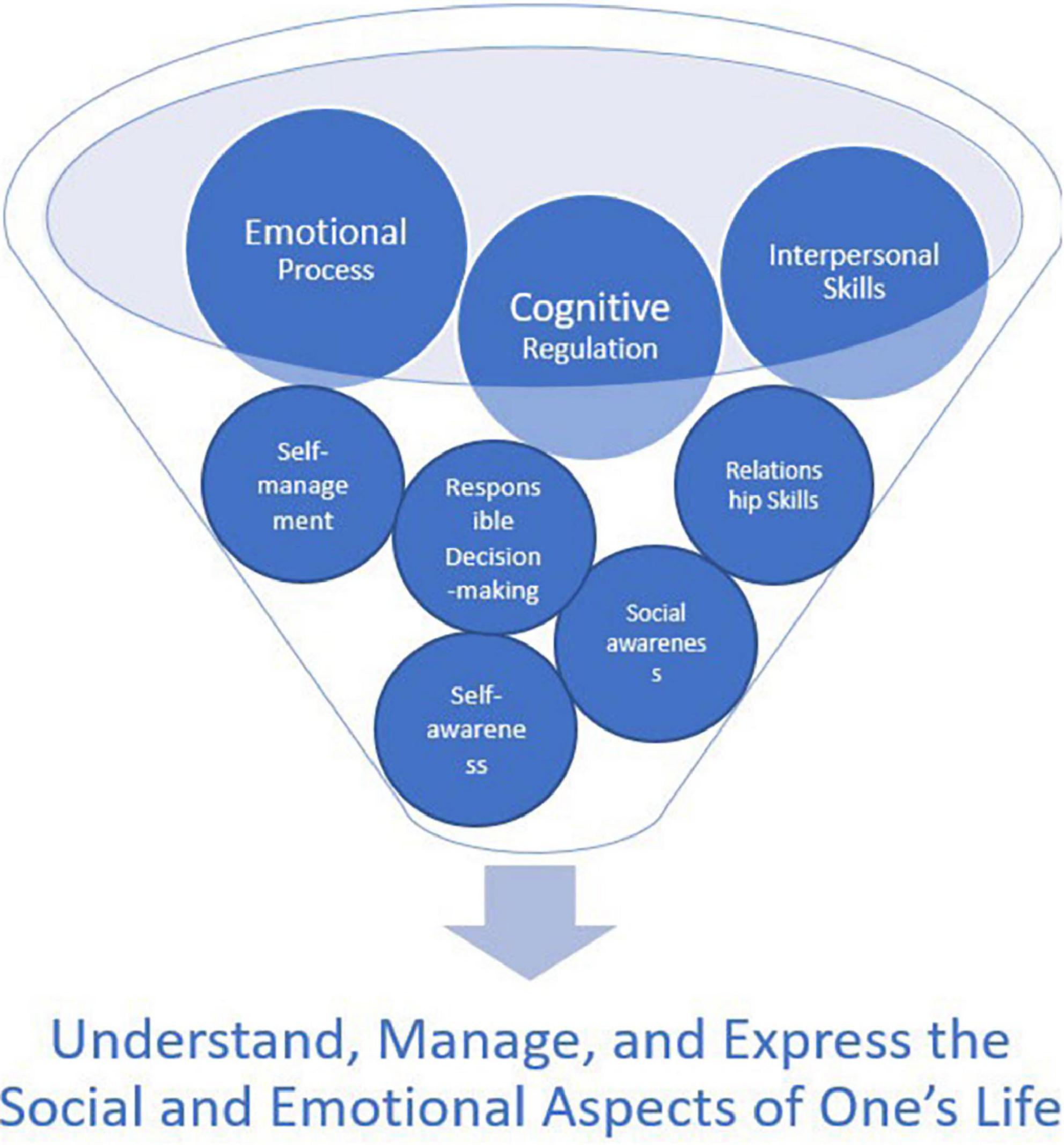SEL for Students with Special Needs: Effective Strategies to Foster Social-Emotional Learning
Social-Emotional Learning (SEL) has emerged as a pivotal educational approach,nurturing students’ emotional intelligence,self-awareness,and interpersonal skills. For students with special needs, SEL can be especially transformative—offering crucial support in navigating social landscapes, understanding emotions, and building meaningful connections both in and out of the classroom.In this comprehensive guide, we’ll explore what SEL looks like for special needs learners, share proven strategies, showcase real-world examples, and offer practical tips for educators and caregivers.
What is SEL and Why Is It Vital for Students with Special Needs?
SEL, or social-emotional learning, refers to a framework through which students of all ages acquire and apply knowledge, attitudes, and skills to:
- understand and manage emotions
- set and achieve positive goals
- Feel and show empathy for others
- Establish and maintain supportive relationships
- Make responsible decisions
For students with special needs—such as those with autism spectrum disorder (ASD), learning disabilities, behavioral challenges, or emotional disorders—SEL is not just a benefit, but a necessity. These students may face unique barriers in communication, emotional regulation, or social integration, making tailored SEL strategies crucial for their overall well-being and academic success.
Benefits of SEL for Students with Special Needs
- Improved Emotional Regulation: Helps students identify and manage feelings, reducing frustrations and behavioral incidents.
- Better Communication Skills: Encourages self-expression and understanding of nonverbal cues, essential for those with language delays or social communication disorders.
- Increased Empathy and Social Awareness: Builds an inclusive environment where students respect differences and foster friendships.
- Boosted Self-Esteem: Success in SEL activities instills confidence and resilience.
- Enhanced Academic Engagement: Students who feel safe and understood are more likely to participate actively in learning.
Effective Strategies to Implement SEL for Students with Special Needs
1.Adapt SEL Curriculum and Materials
- Simplify language: Use clear, concise instructions and visual aids for comprehension.
- Social stories: Incorporate narratives that model specific social situations or behaviors.
- Visual schedules and reminders: Support routine and manage transitions, reducing anxiety.
2. Practice Consistent Modeling and Role-Playing
- Demonstrate expected behaviors: Teachers and peers can model greetings, conflict resolution, and emotional naming.
- Role-playing scenarios: Students practice social situations in a safe, supportive environment.
3. Use Assistive Technology
- Apps and software: Tools like Zones of Regulation, Model Me Kids, or customized social skills games reinforce concepts visually and interactively.
- Communication devices: For nonverbal students, devices like augmentative and option communication (AAC) can support social interaction and emotional expression.
4. Foster Family and Community Involvement
- Provide SEL resources to families: Share strategies, visual supports, and home activities to reinforce concepts outside of school.
- collaboration with specialists: Partner with therapists, counselors, and special educators to develop cohesive SEL plans.
5. Create a Safe and Sensory-Friendly environment
- Minimize sensory triggers: Be aware of lighting, noise levels, and smells in classrooms.
- Offer calm-down spaces: Dedicated quiet areas help students self-regulate when overwhelmed.
6. Integrate Mindfulness and Emotional Check-Ins
- Mindfulness exercises: Adapt breathing, yoga, or relaxation activities for various abilities.
- Emotional check-in boards: Use visuals (like emojis or color-coded zones) to help students communicate emotions.
Practical Tips for Teachers and Caregivers
- Individualize approaches: Understand each student’s strengths and challenges. What works for one may not work for another.
- Incorporate interests: Use favorite topics or characters to engage students in SEL activities.
- Be patient and flexible: Progress might potentially be gradual; celebrate small victories.
- Use positive reinforcement: Consistently acknowledge effort, not just achievement.
- Document growth: Keep notes or portfolios to track social-emotional milestones and adjust supports as needed.
real-World Case Studies: SEL in Action
Case Study 1: Building Friendship Skills in an Inclusive Classroom
background: Emily, a 9-year-old girl with Down syndrome, struggled to join group activities and communicate with her peers.
Strategy: Her teacher introduced social stories and used role-playing exercises that involved the whole class. Emily learned to initiate conversations using visual cards. Peers were taught how to invite Emily into play and celebrate her efforts.
Outcome: Within four months, Emily started joining group games and made her first “best friend” in class.
Case Study 2: supporting Emotional Regulation for a student with ASD
Background: Jake,a middle-schooler with autism,often became overwhelmed by loud noises and changes in routine.
Strategy: The school implemented a visual schedule and provided regular mindfulness breaks. Jake also used a calm-down corner equipped with sensory tools.
Outcome: Jake’s emotional outbursts decreased dramatically, and he was better able to communicate his needs to teachers and peers.
Firsthand Experience: Teacher & Parent Voices
“SEL activities not only helped my son express his feelings but also strengthened our relationship at home. He now uses words and even colors to tell me how his day was. This has been life-changing for our family!”
– Parent of a child with a speech and language disorder
“I’ve noticed that students with learning disabilities thrive in group SEL activities, especially when they can use visuals and technology. They seem more confident and eager to collaborate.”
- Special Education Teacher, Elementary School
Common Challenges and How to Overcome Them
- Limited resources: Utilize free online SEL resources, partner with local organizations, and seek grants for technology tools.
- Inconsistent implementation: Embed SEL into daily routines rather than treating it as a standalone programme.
- Generalization of skills: Practice SEL strategies across different settings—class,playground,and at home—to reinforce learning.
Conclusion: Empowering Students with Special Needs through SEL
Supporting social-emotional learning for students with special needs isn’t just about academic performance; it’s about building life skills that foster resilience, empathy, and independence. By implementing personalized,inclusive SEL strategies,educators and families can help students unlock their fullest potential—socially,emotionally,and academically.
Start small, celebrate every achievement, and remember: every step forward in SEL is a step toward a brighter, more connected future for all students.

